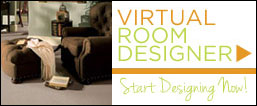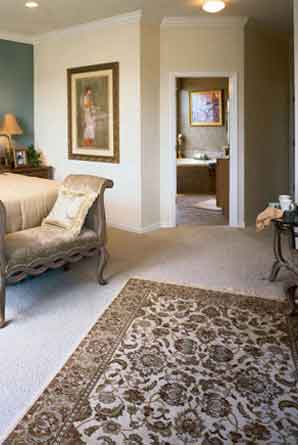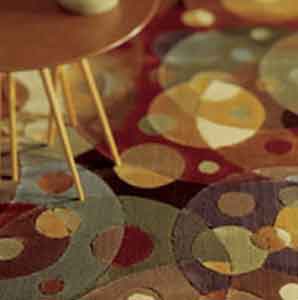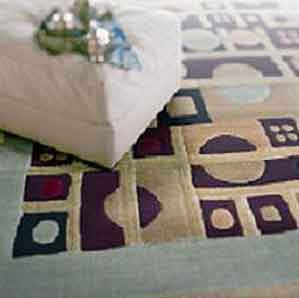Area Rug | Before You Buy
Learn all you can before buying flooring, including area rugs. Knowledge about rug specifics, characteristics, and traits can be invaluable. Choosing the best area rug for your home is really about knowing the right combination of characteristics, aesthetics, performance and budget to best meet the needs of your lifestyle.
1. Size and shape
- made in different sizes and in different shapes
- most common sizes are 2’x3’, 4’x6’, 5’x8’, 6’x9’, 8’x10’ and up
- shapes - rectangle, round, square, oval, octagon or runners
- most are rectangular and have standard sizes
- choose the correct size depending on the dimensions of the room or space
- measure the size of your room
- measure the space you want covered
- place pieces of paper where each of the corners will fall
- adjust the “corners” as needed to make the space larger or smaller
- re-measure the area
- to cover the majority of the room, leave a 12”-15” border
- under the dining table- select a rug that is large enough so that when seated at the table the back legs of the chairs are on the rug with enough space to push back and get up from the table
2. Color:
- think outside the box
- vital element- machine made or handmade
- combination of colors
- select a rug with colors to visually enhance the decor
- colors don’t have to match other colors in the room
- choose colors that either contrast or compliment a color scheme
- think outside the box
3. Pattern:
- helpful elements in narrowing down rug selection
- pattern is the way lines are used to form shapes on a rug
- divided into three categories: curvilinear, geometric, and pictorial
- woven with curving lines (curvilinear) or straight lines (geometric)
- pictoral -refers to rugs that portray people and/or animals
4. Style:
- defined as the way different motifs, colors and patterns give character
- range from floral to contemporary to traditional
- can also reflect a season or a theme (nautical, birds, water)
- most important styles of handmade rugs: Persian, Chinese, Turkoman, Caucasian, European, Anatolian, Tibetan, Indian, Baluchi, North African, Native American, and East Turkestan
- these styles have different designs
- Tabriz design is considered a Persian style
- styles or sub-styles are made in their place of origin and other countries
- a Tabriz style may be made in Tabriz or India
5. Design:
Can be divided into three major designs
All-over
- motifs are spread throughout the rug
Medallion
- a large centerpiece is the focal point of the design
One-sided
- the design is woven in one direction
- designs can be intricate or simple, solid, or feature borders
Age:
- attribute specifies how old a rug is
There are three major timeline categories:
- Antique, over 60 years old
- Semi-antique, between 25 and 60 years old
- Contemporary, less than 25 years old
Condition:
- wear and tear influences a rug’s value
Handmade rug classification:
- Fine- in excellent shape with no stains, tears or holes, and no previous repair work
- Average- may have undergone or may require some minor repair
- Worn- may have discoloration, fading, insect or foundation damage.
Know the entire cost of ownership
- price on the tag is one component of your cost
- ask for the total cost of your area rug project
Potential additional expenses:
- product delivery
- consult the manufacturer’s care and cleaning recommendations and the cost to clean





